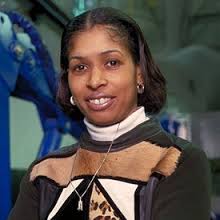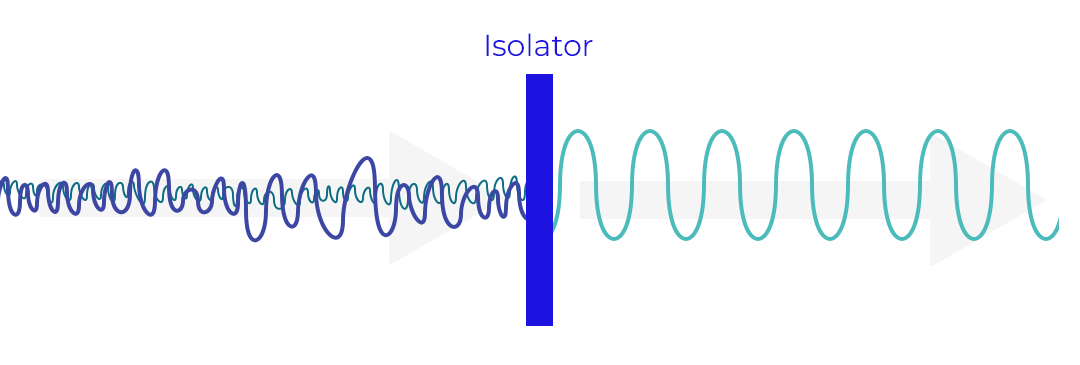
JEM Engineering is a minority owned company and in honor of Black History Month we would like to shine light on two Black engineers who have made an impact in the world of engineering.

Elijah McCoy
Elijah McCoy was born in Colchester, Ontario, Canada on May 2, 1844. His parents were George and Emillia McCoy, former slaves from Kentucky who escaped through the Underground Railroad. George joined the Canadian Army, fighting in the Rebel War and then raised his family as free Canadian citizens on a 160-acre homestead.
At an early age, Elijah showed a mechanical interest, often taking items apart and putting them back together again. Recognizing his keen abilities, George and Emillia saved enough money to send Elijah to Edinburgh, Scotland, where he could study mechanical engineering. After finishing his studies as a “master mechanic and engineer” he returned to the United States which had just seen the end of the Civil War and the emergence of the “Emancipation Proclamation.”
McCoy moved to Ypsilanti, Michigan but was unable to find work as an engineer due to racial barriers. He was thus forced to take on a position as a fireman and oilman on the Michigan Central Railroad. As a fireman, McCoy was responsible for shoveling coal onto fires which would help to produce steam that powered the locomotive. As an oilman, McCoy was responsible for ensuring that the train was well lubricated. After a few miles, the train would be forced to stop, and he would have to walk alongside the train applying oil to the axles and bearings.
In an effort to improve efficiency and eliminate the frequent stopping necessary for lubrication of the train, McCoy set out to create a method of automating the task. In 1872 he developed a “lubricating cup” that could automatically drip oil when and where needed. He received a patent for the device later that year. The “lubricating cup” met with enormous success, and orders for it came in from railroad companies all over the country. Other inventors attempted to sell their own versions of the device, but most companies wanted the authentic device, requesting “The Real McCoy.”
Dr. Aprille Ericsson
Dr. Aprille Ericsson was born in Brooklyn, New York in 1963 and raised in the Bedford Stuyvesant neighborhood of Brooklyn. In junior high she won second place in the science fair, played on the girls’ basketball team and was a member of the science club, honors club and school band.
Although Dr. Ericsson passed all entrance exams for New York’s technical high schools, she chose to move to Cambridge, Massachusetts to live with her grandparents and attend the Cambridge School of Weston. In high school she participated in both citywide and intramural softball and basketball leagues, while earning high scholastic honors.

Dr. Aprille Ericcson was also accepted into the rigorous academic enrichment program, UNITE (now known as the Minority Introduction to Engineering, Entrepreneurship and Science or MITES.) She graduated high school with top honors and attended the Massachusetts Institute of Technology (MIT) where she was involved in several research projects with the applied Physics Laboratory that included the development of a fiber optic laser gyroscope, and the creation of a database for EVA neutral buoyancy data calculated at the NASA Johnson Space Center.
After earning a Bachelor of Science degree in Aeronautical/Astronautical Engineering at MIT, Dr. Ericcson attended Howard University in Washington, D.C. She became the first African- American woman to receive a Ph.D. in mechanical engineering at Howard University and the first female African-American to receive a doctorate in engineering from the NASA Goddard Space Flight Center.
Discussing her internship at the NASA Goddard Space Flight Center during school, Dr. Ericcson explained how she was offered a full-time position there after obtaining her Ph.D., “That’s how I did it. Once you get your foot in the door and meet people, you can show them that you are capable of doing the type of work that’s done here.”
Her many honors include: The Women’s Network, Top 18 Women Who Will Change the World; Women in Science and Engineering for Engineering Achievement; National Technical Association, Top 50 Minority Women in Science and Engineering, 1996-97; NASA representative to the White House; and most recently in 2016, the Prestigious Washington Award.
Latest Posts

The Role of Antennas in ISR
ISR stands for “intelligence, surveillance and reconnaissance.”
Intelligence is a broad term that refers to information gathering. Surveillance refers to closely observing a target itself, while reconnaissance mostly refers to a preliminary survey of an area to gain information.

Introduction to RF Filters
Home » Media Center » Blog » Introduction to RF FiltersA radiofrequency filter is a component that...

Improving Antenna Performance with RFoF
RF over fiber, simplified as ‘RFoF,’ is the method of converting a radio wave (RF) into light by modulating the intensity of the light source (typically a laser) with RF signal.

What is Signal Conditioning?
Signal conditioning is one of the most important components to any sensing system. In this post, we introduce the concept of signal conditioning, as well as give examples of different types of signal conditioners.
